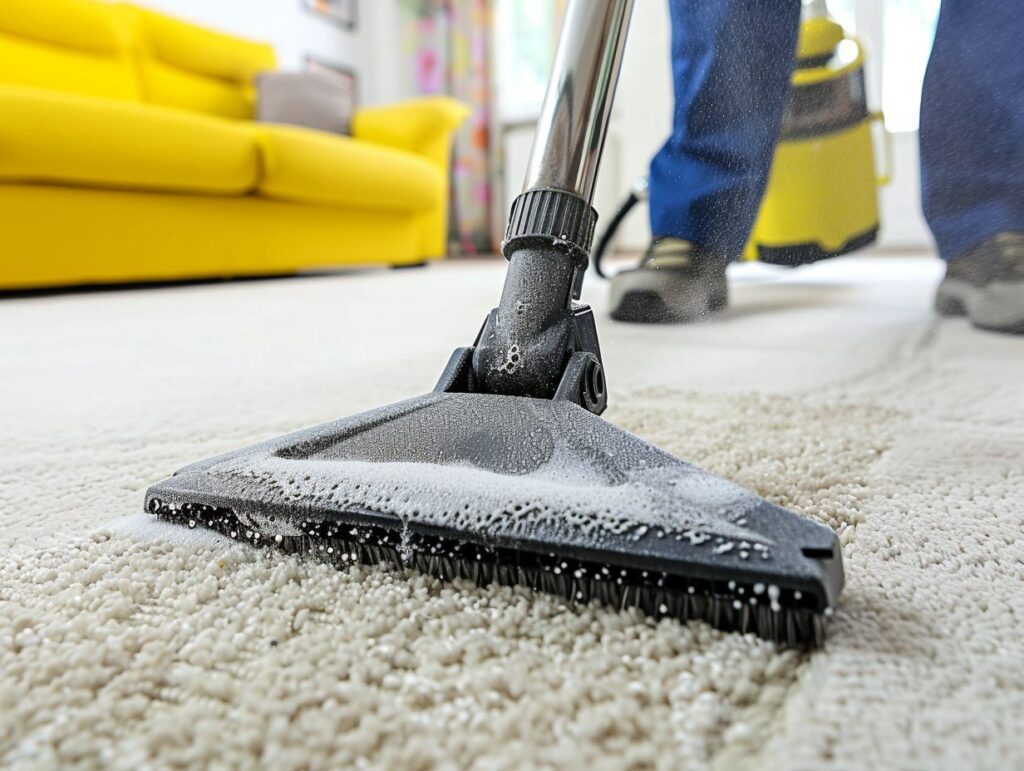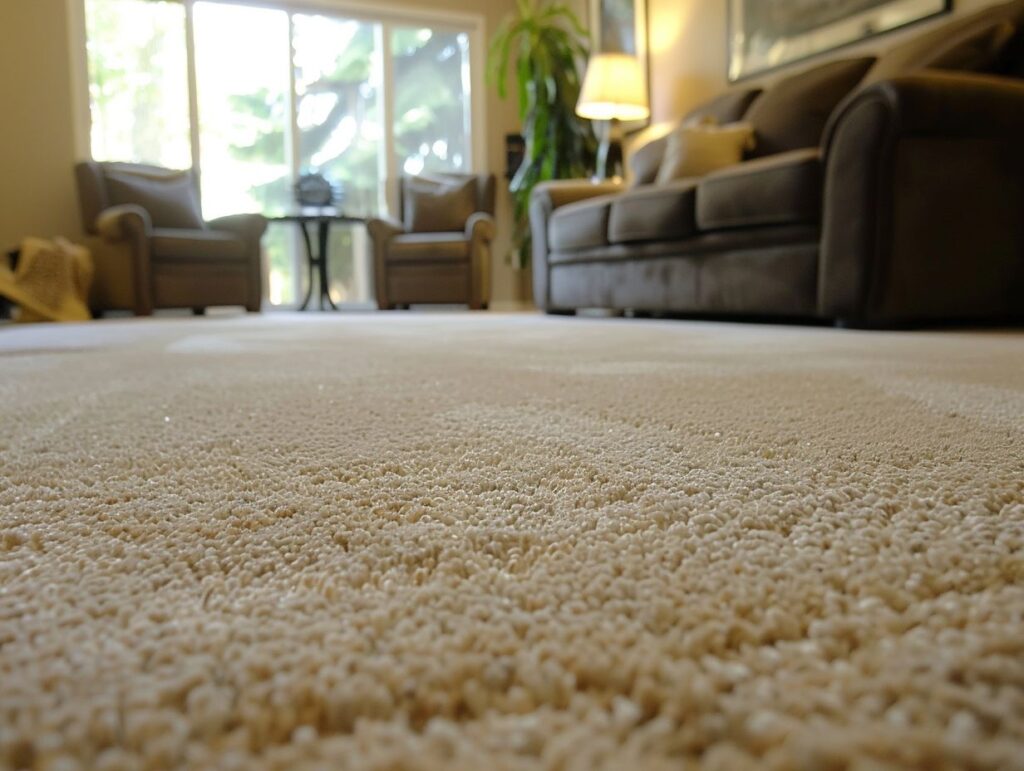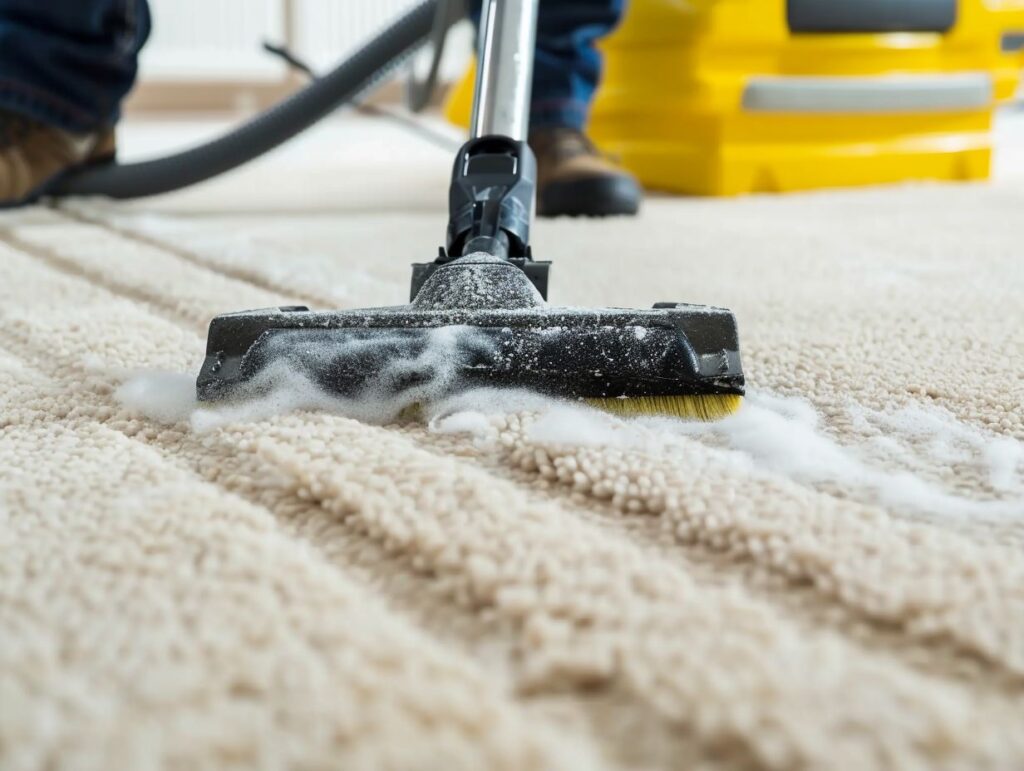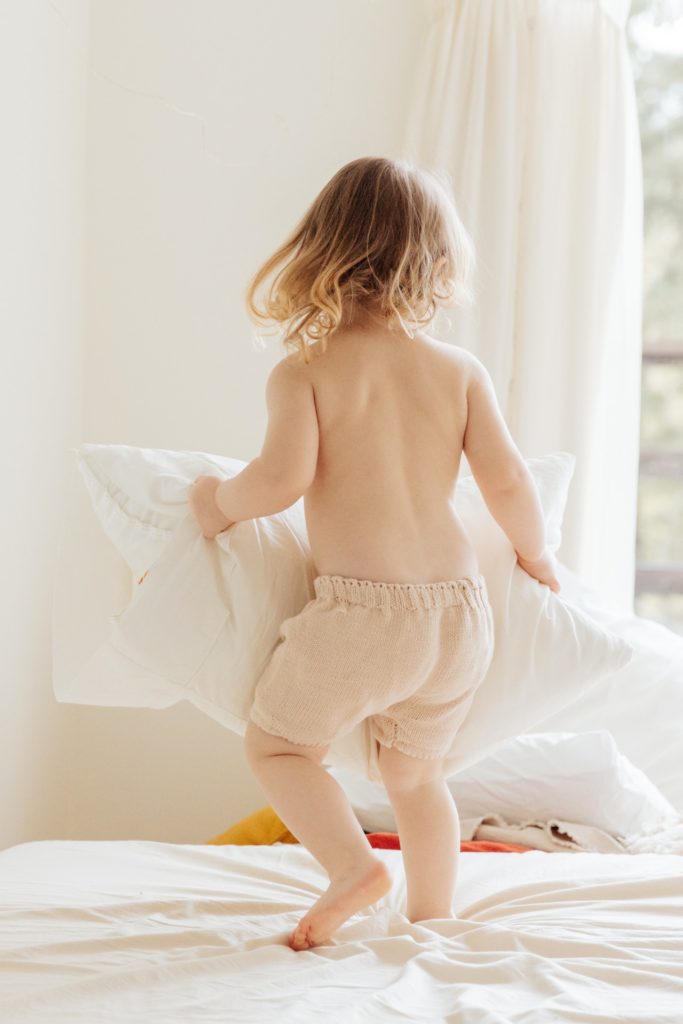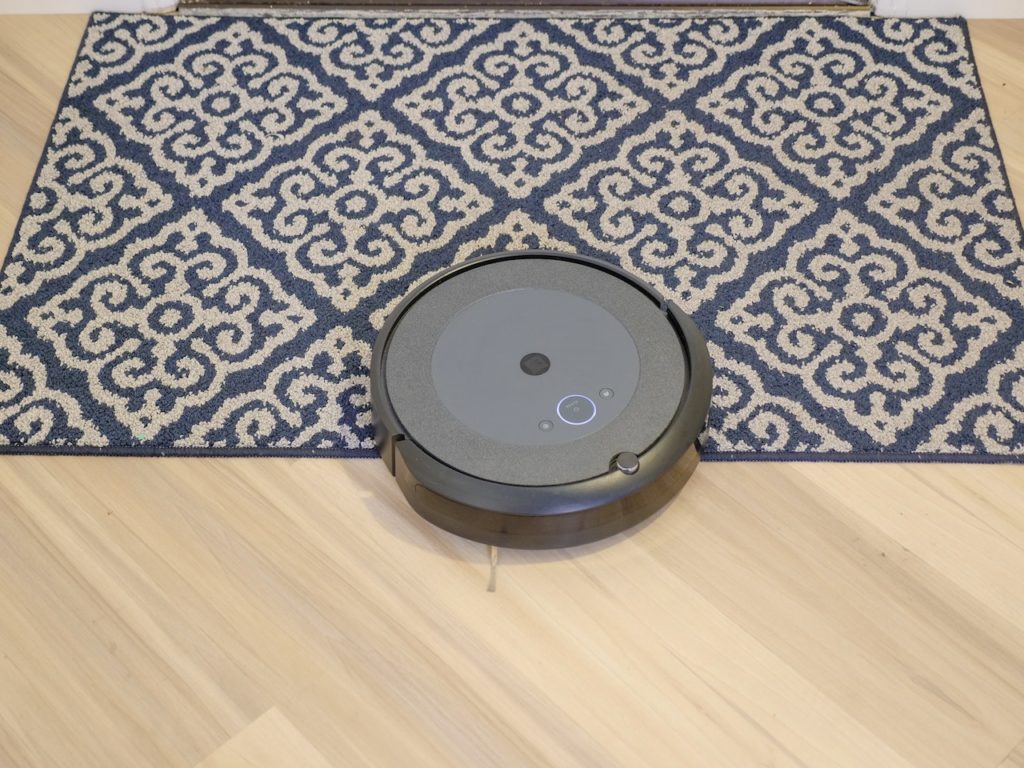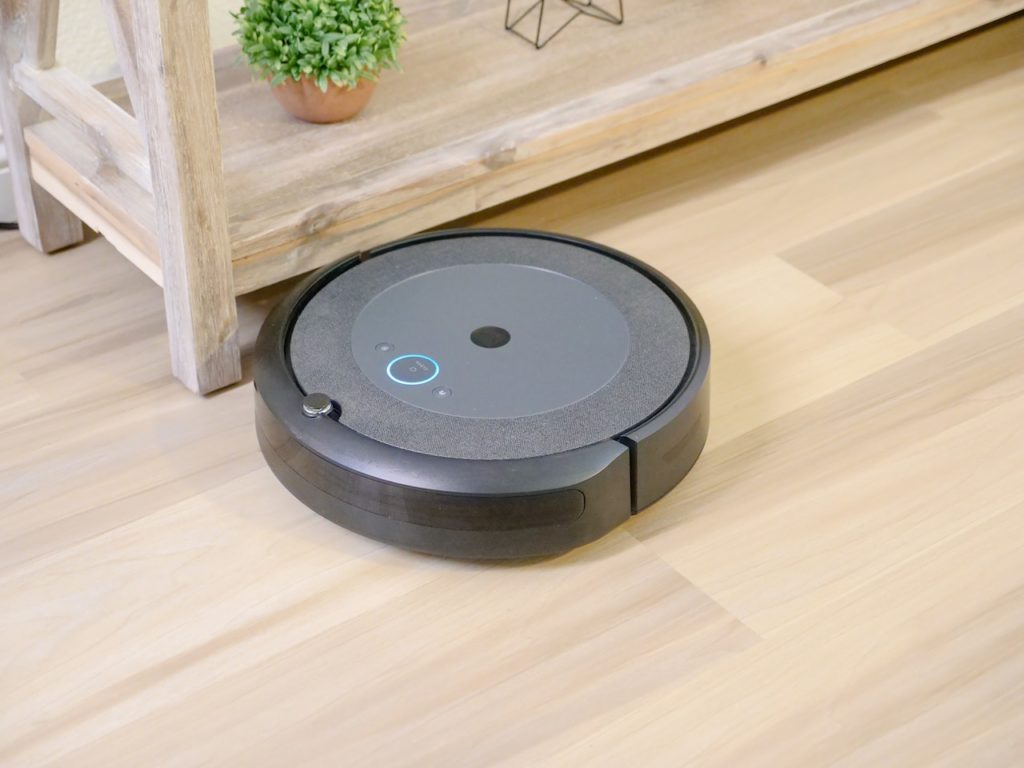Your carpet might look clean. You might even give it a quick hoover now and then, especially when guests are on the way. Maybe there’s a fancy robot gliding about your living room while you’re at work. But here’s the thing — carpets lie. Not flat. They lie about how clean they really are.
That soft patch beneath your feet? It could be a breeding ground for germs, allergens, and all sorts of foul smells. What you don’t deal with now can sneak up later, and not in a nice way. Let’s pull back the fibres and see what’s really lurking underfoot — and what it’s costing you.
The Dirt You Can’t See Is the Most Expensive
Trapped allergens and bacteria that affect your health
You wouldn’t wear the same pair of socks for five years without washing them. Yet that’s basically what people do with their carpets. Every sneeze, every cough, every stray bit of fluff — your carpet hoovers it up like an eager sponge. Trouble is, it doesn’t know when to stop.
Dust mites love carpets. So do pet dander and mould spores. If you’ve got asthma or allergies, your living room floor could be winding you up more than your boss on a Monday morning. Studies have shown that carpets, especially older ones, can hold up to four times their weight in dirt. Four times!
And don’t think tiles or wooden floors solve it either. Unlike carpet, they don’t trap allergens. They just let them float around freely. So while carpets do act as filters, they need a proper rinse every now and then. Otherwise, you’re just treading that filth deeper and deeper in.
What hoovers miss (even the fancy ones)
Let’s talk vacuums. Upright, cordless, bagless, the ones that sound like jet engines — they all promise deep suction. But suction alone doesn’t reach everything. Greasy footprints, pet accidents, and spilled drinks seep into the fibres. And beneath that? The underlay. Moisture that lingers there can lead to mildew, bacteria build-up, and even mould.
Your average vacuum can’t lift those invisible layers. Even high-end robot cleaners can’t scrub or steam. They do well with dust, sure, but they don’t treat stains or kill odour-causing microbes. If anything, they can give you a false sense of cleanliness.
That ‘Lived-In’ Smell Is Costing You Too
Why odours linger in carpets and underlay
You walk into a room and catch a whiff of… something. You can’t place it. It’s not awful, but it’s not great either. That’s your carpet talking. Spilt coffee, dog accidents, someone walking around in sweaty socks after a jog — all those smells settle in.
Over time, your carpet becomes a giant sponge of stink. Worse still, many of those smells come from the underlay, which means surface sprays won’t do a thing. Some folks go wild with plug-ins and air fresheners, layering vanilla and lavender on top of damp wool and ancient gravy. It doesn’t work. You’re masking rot with perfume.
The worst part? You get used to it. Guests won’t, though. And trying to sell or rent a property with carpets that pong like a forgotten gym bag? Good luck.
The link between dirty carpets and mattress smells
If you’ve ever noticed a mattress starting to smell musty after a few summers, that’s what your carpet’s going through too. Both are fabric-heavy, absorbent, and close to your body. They soak up the same grime — sweat, dust, skin flakes. And just like mattresses, carpets need more than a hoover to stay fresh.
Smelly carpets can start to stink up the whole room, and you might not even realise it’s them. Especially in bedrooms, where mattresses and carpets double down on dampness and poor ventilation.
Short-Term Savings, Long-Term Regret
Why DIY cleaning can make things worse
You spill red wine and rush to scrub it with kitchen towel and soda water. Or worse — grab that old bottle of carpet foam that smells like pine and regret. The stain lightens, sure. But what you’ve probably done is drive the liquid deeper into the underlay.
DIY machines, the ones you rent from the supermarket, can be handy. But use too much water or fail to extract it properly and you’ll create a damp breeding ground for mould. Not to mention they often leave behind detergent residue that makes carpets sticky — which then attracts even more dirt.
Home remedies might seem cheap now, but if the fibres break down or smells get worse, you’ll be eyeing up the cost of a replacement carpet far sooner than expected.
Replacing a carpet costs way more than cleaning it
Let’s talk numbers. A proper carpet clean from a reputable pro might set you back £80–£150 for a large room. Now compare that to replacing the carpet: £500–£2000, depending on size and quality. And that doesn’t even count fitting.
If you clean carpets well and regularly, you could double their lifespan. That’s thousands saved over a decade. So while DIY might seem smart short term, it often turns into an expensive mistake. The same way skipping oil changes trashes a car engine, skipping deep cleans ruins your carpet from the inside out.
The Hidden Impact on Your Tech and Furniture
How carpets affect indoor air and electronics
It sounds strange, but dirty carpets don’t just affect your health or your wallet — they can also mess with your gadgets. Here’s how: carpets trap particles like dust and pet hair, which eventually become airborne. Once floating around, these particles find their way into your tech — especially things with fans, like laptops, consoles, and smart speakers.
I’ve cleaned homes where a single look behind the telly revealed a mat of fuzz that’d make a cat jealous. One client had a humid, dusty front room with a massive shag pile rug — and went through three routers in two years. Coincidence? I doubt it.
If your carpet’s dirty, your home’s dust levels shoot up. That means clogged filters, overheating kit, and possibly shorter lifespans for your pricey tech. It’s like throwing grit into your ventilation system and hoping for the best.
The damage it does to furniture legs and skirting boards
Grime doesn’t stay in one place. Damp, oily muck from spills gets walked around. And soon, it starts to climb. Wooden furniture legs soak it up, and skirting boards begin to discolour. Ever seen that grim grey tide mark along the bottom of your white wall? That’s not shadows — it’s filth rising.
One customer I worked for had a lush beige carpet under her dining table. Looked posh. Smelled funky. Turned out, years of dropped food had turned the carpet into a low-grade compost heap. The legs of her antique chairs? Mould spots. Cost her a small fortune to restore them.
It’s not about being spotless — life happens. But ignoring that mess only makes everything around it suffer.
Why Robots Won’t Save You
Where automated cleaners fall short
People love carpet cleaning robots. They’re fun, they move on their own, and they give the illusion of control. Trouble is, they’re skimming the surface. Literally. They do fine with loose fluff, hair, and crumbs. But they don’t scrub. They don’t rinse. They don’t disinfect.
They’re good for maintenance — not resets. If your carpet is already clean and you’re using a robot daily, great. But once the smells kick in or you see dark patches where feet always land? It’s time to bring in human hands and a proper hot water extractor.
I had a bloke in Islington who swore his robot kept his floors immaculate. He only called me because his wife’s book club said the flat smelled like old curry. Underneath that “clean” rug? Layers of spills, pet oils, and two congealed bits of Wotsits fused to the underlay.
The false sense of cleanliness
This is the real danger: people trust machines too much. You get used to seeing vacuum lines in the carpet and assume all’s well. But looks can deceive. A carpet can look fine and still be a swamp of allergens, bacteria, and chemical residues from old cleaning products.
Robots can’t sniff out smells. They can’t feel damp patches or notice discolouration. They don’t spot warning signs — we do. Your nose, eyes, and a bit of common sense go much further than a machine with a laser.
What a Proper Deep Clean Actually Gets You
Better air quality and less dust
Get your carpets professionally cleaned and you’ll feel the difference. The air smells lighter. The room feels fresher. And, bizarrely, your windows might stay cleaner longer because less dust floats up and settles on them.
One family in Streatham told me they’d stopped getting colds so often after their carpets were deep cleaned twice in a year. Maybe a coincidence, maybe not. But anyone with asthma or a dust allergy will back me up — the change is real.
Carpet that feels softer underfoot
Here’s something people don’t expect — the bounce comes back. When carpets are full of dirt, they feel flat and crunchy. Deep cleaning lifts the fibres, rinses out the grime, and brings back that soft, springy texture you probably haven’t felt since it was new.
Think of it like washing a thick wool jumper. It looks fine before, but after a real wash, it feels brand new.
More time before needing a replacement
Most carpets don’t wear out from foot traffic. They wear out from embedded grit that slices through fibres every time you step. Regular deep cleaning removes that grit. That means less damage, less matting, and less chance of bald patches forming.
I’ve seen 10-year-old carpets that looked three, just because the owners kept up a twice-yearly clean. Compare that to some rental flats I’ve worked in, where carpets were destroyed after two years of parties and pizza boxes.
So, What’s the Real Cost?
Let’s tally it up. Ignore deep cleaning, and here’s what you might face:
- £100+ in dehumidifiers and odour sprays that don’t work
- £200–£600 to replace worn furniture legs or refinish skirting
- £500+ for early carpet replacement
- £300–£1000 for asthma meds, allergy treatments, or doctors’ visits
- £200+ in prematurely-fried electronics
- That awkward moment when someone walks in and says, “What’s that smell?”
Compare all that to £80–£150 for a proper clean, and the maths speaks for itself.
You’re not just cleaning a carpet. You’re protecting everything that sits on it, breathes near it, and lives around it.
Final Word
Skipping the deep clean doesn’t save money — it just spreads the cost around and makes it harder to spot. Whether you’ve got toddlers rolling about, dogs tracking in mud, or just the usual London grime creeping in, your carpet needs more than a quick once-over.
Get it deep cleaned. Your lungs, your bank balance, and your nose will thank you for it.
